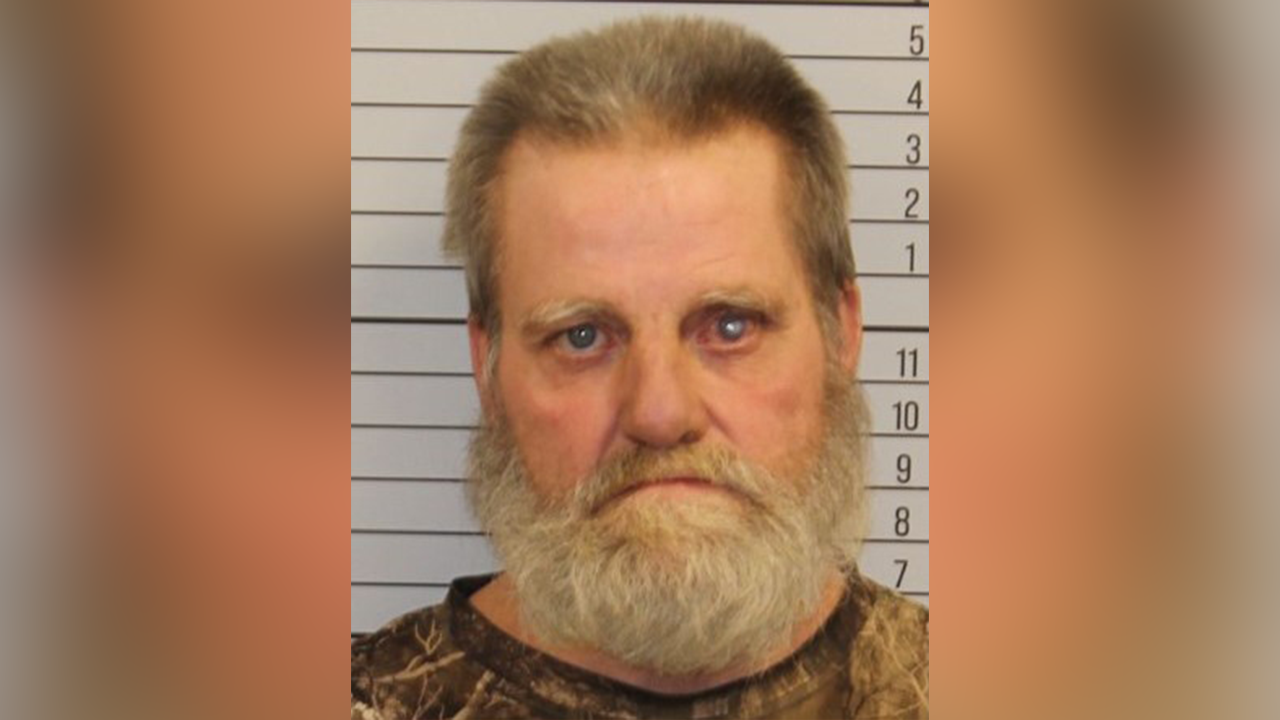Protecting military trainers in the event they’re deployed back into Ukraine is the primary concern for Canadian defence planners as France steps up pressure on allies to join its training initiative, Canada’s top military commander says.
The federal government signaled earlier in the spring it would consider putting non-combat troops back into the embattled Eastern European country when “circumstances are appropriate.”
Chief of the Defence Staff Gen. Wayne Eyre received a briefing on the training mission from his French counterpart following D-Day commemoration ceremonies last week.
In an interview with CBC’s Rosemary Barton Live to be broadcast Sunday, Eyre acknowledged the security assistance deal Canada signed with Ukraine last winter set up a framework for the return for Canadian trainers to Ukrainian soil. He said there are a number of important points Canada wants to get settled before it sends trainers back in.
Canadian Armed Forces planners are “mainly concerned with force protection, what the security situation [on the ground] is and what are the political conditions,” Eyre said.
Canada and other allies started operating military training missions inside Ukraine in 2015, well before Russia launched its full-scale invasion in February 2022.
The battle schools for Ukrainian troops have continued in the United Kingdom, Poland and Latvia. But the French and other allies, including the Baltic States, have pushed to bring the instruction closer to the front where Ukrainians have to fight.
In early June, Chief of the Defence Staff of France Gen. Thierry Burkhard sent letters to roughly 10 countries inviting them to join a multinational coalition to train the military in Ukraine.
Canadian defence officials would not confirm whether Canada had received one of the letters but said no decision had been made on participation in the French-led initiative.
For the moment it’s status quo, said a spokesperson for Defence Minister Bill Blair.
“Canada continues to train members of the Armed Forces of Ukraine through Operation UNIFIER, through which we have trained over 41,000 Ukrainian troops,” said Diana Ebadi in a media statement.
“Canadian training is ongoing in Latvia, Poland and the U.K. and our plan is to continue training in those locations.”
Prime Minister Justin Trudeau was asked about putting trainers in Ukraine at a press conference at the conclusion of G7 Summit in Italy, but he would not say whether he spoke to French President Emmanuel Macron about the plan.
“During this G7, we had many conversations about Ukraine, about how we need to continue to hold Russia to account for its illegal invasion, to make sure that Russia actually pays for the damage that it has done to Ukraine on the murder of so many civilians. We’re going to continue to make sure Russia is held to account for what it’s doing in Ukraine,” said Trudeau.
On Friday, NATO formalized a separate but complementary plan to better manage both training of Ukrainian forces and the supply of weapons to the government in Kyiv. The new effort — to be headquartered at a U.S. military base in Wiesbaden, Germany with a complement of almost 700 staff — will organize continued training in allied countries but not in Ukraine.
“These efforts do not make NATO a party to the conflict, but they will enhance our support to Ukraine to uphold its right to self defence,” said NATO Secretary General Jens Stoltenberg at the conclusion of a meeting of defence ministers where the measures were approved.
The Kremlin has warned that any foreign troops that set foot in Ukraine would be considered a “legitimate target” for the Russian military.
French President Emmanuel Macron has been pushing the plan and reportedly has promoted the idea within the framework of the existing European Union Military Assistance Mission in support of Ukraine (EUMAM), an EU military assistance program set up six months after Russia’s full-scale invasion began.
Late last month, Ukraine’s top military commander signaled that he had signed a status-of-force agreement that would allow French military instructors to access Ukrainian training bases in the near future.
“I am pleased to welcome France’s initiative to send instructors to Ukraine to train Ukrainian servicemen,” Colonel General Oleksandr Syrskyi said on the social media site Telegram on May 27, 2024. “I have already signed the documents that will enable the first French instructors to visit our training centres shortly and familiarize themselves with their infrastructure and personnel.”
Eyre said he did not want to speculate on whether the federal government will agree to back France’s plan with Canadian personnel. He did point out that the last time Canada had troops in the country, Ukraine was already at war with Russian-backed forces in the country’s east.
“At some point, it’ll be right to go in,” said Eyre.
Some defence analysts have suggested that Canada may wait for the cessation of hostilities before sending military trainers back into Ukraine.
Eyre said deciding when the war is “over” might be tough. He pointed to the divided Korean peninsula, where an armistice signed in July 1953 ended open hostilities even as the state of “war” remained in effect.




















Discussion about this post